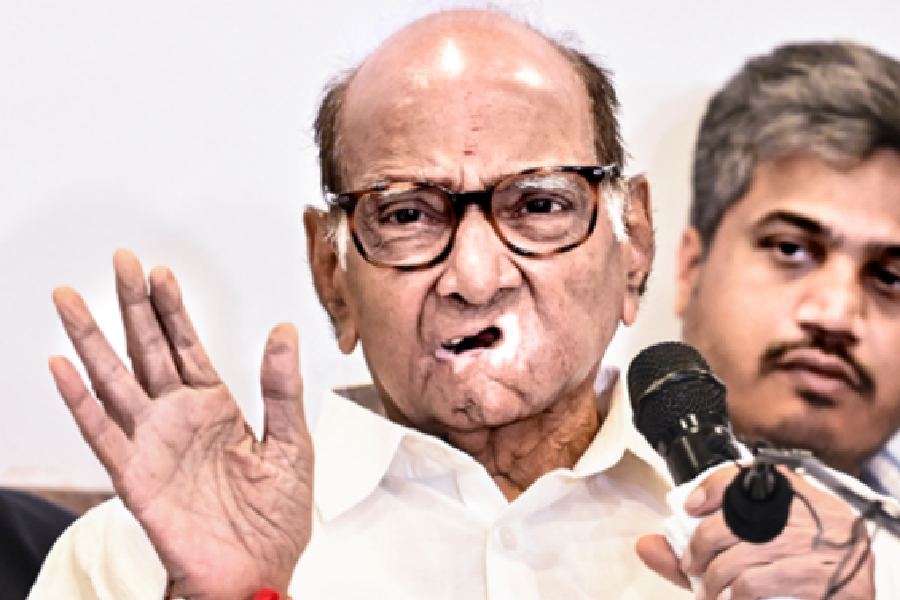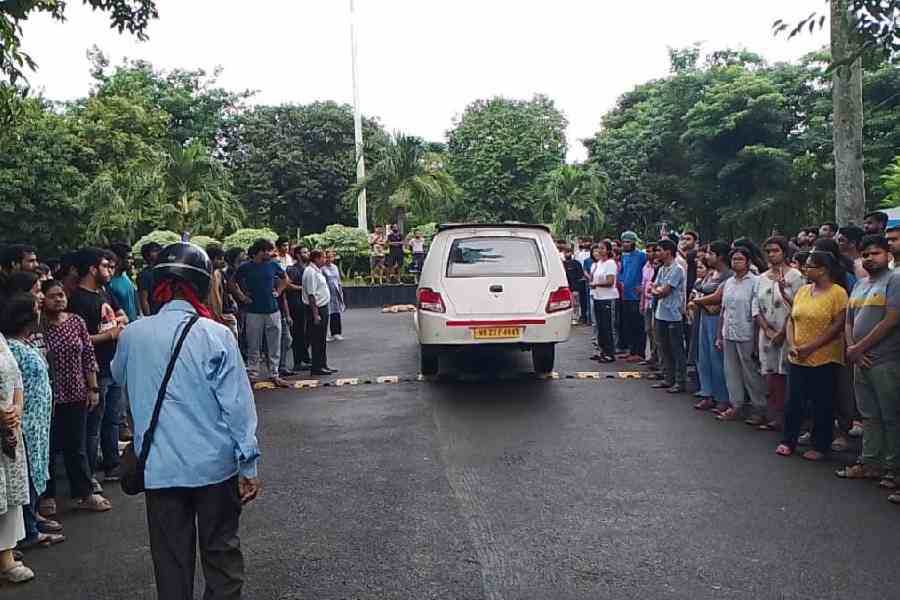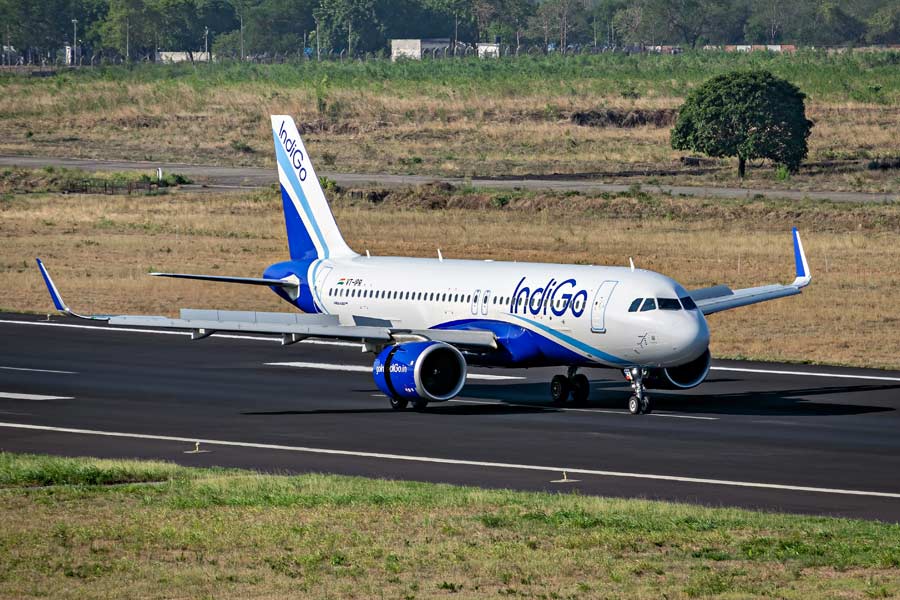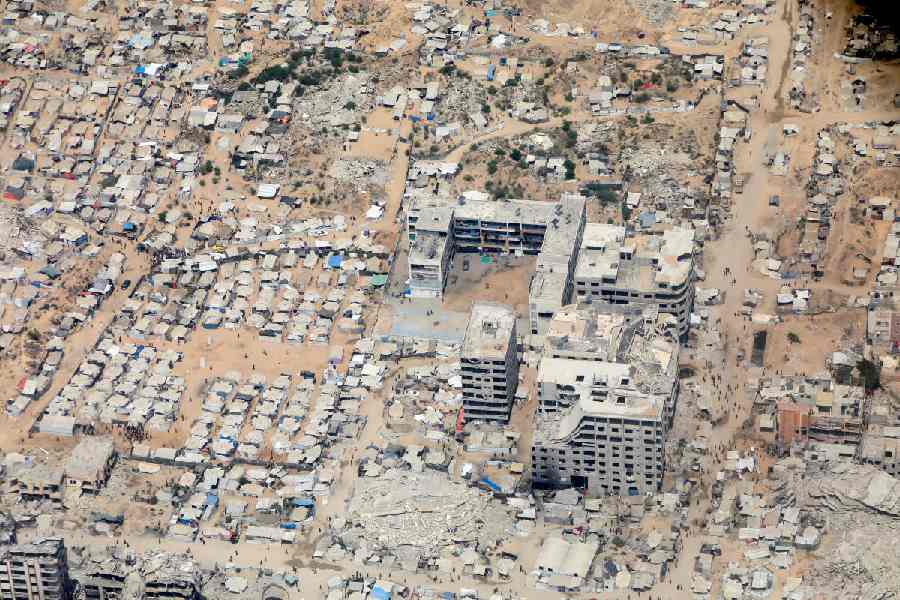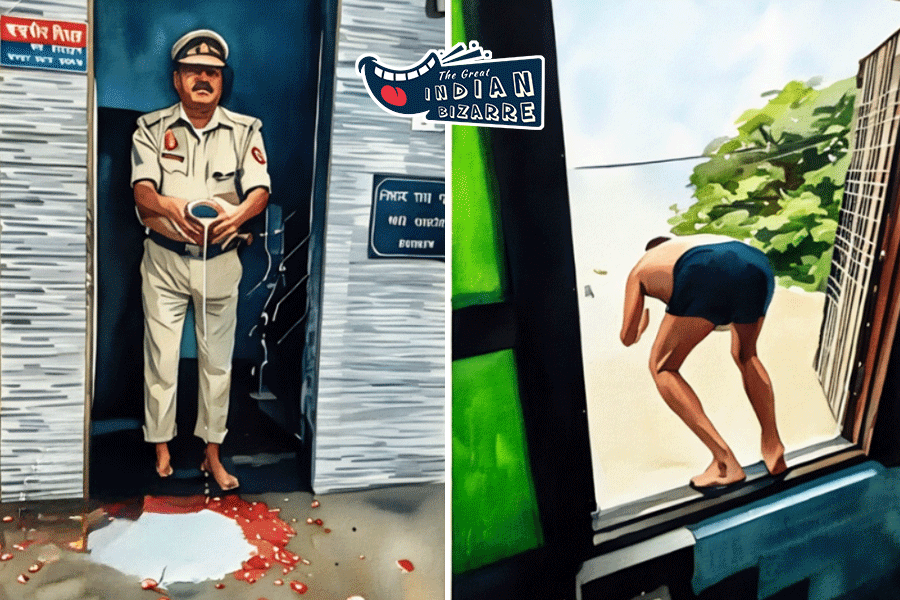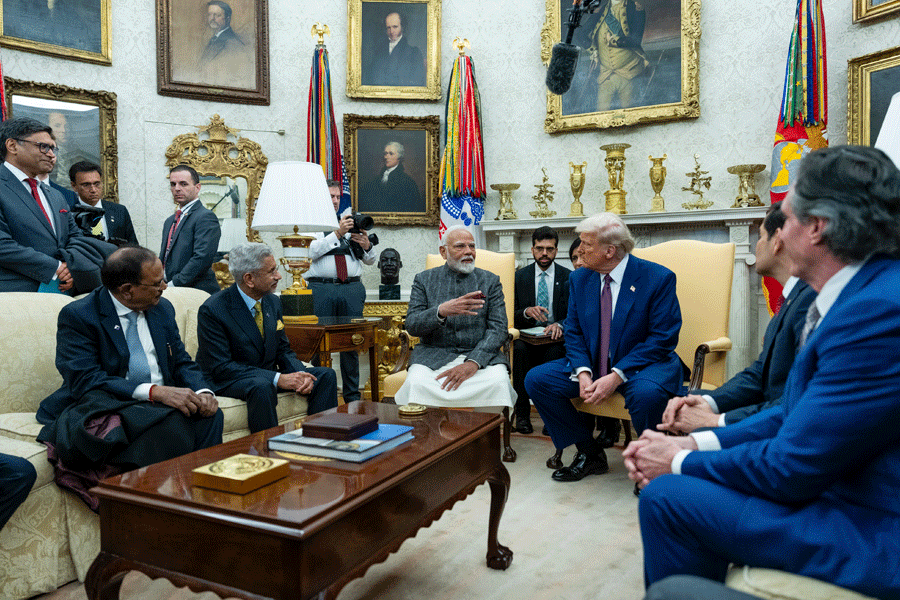 |
| Lonely battle |
Sept. 13: Crippled by disease and shunned by society, those diagnosed with leprosy are often doomed to a life of poverty and isolation. Unfortunately, the word “leper” has come to connote a person who is a social outcast.
Take, for instance, Monu Hazo from Goalpara. He was in his twenties when leprosy struck and was promptly banished to the Leprosy Centre at Dotma in Kokrajhar district. That place has been his home for 25 years.
Gopin Sangma from Dhuligaon, another leprosy patient, has been staying at the Dotma centre for the past 22 years.
Hazo and Sangma are not the only ones living, or “just existing” as they choose to put it, at the leprosy centre. There are 15 of them, including three women. Wallowing in neglect, theirs is truly a miserable existence.
Sangma’s wife left him after she learnt that her husband had leprosy. “My son was only a year old when I learnt that I was afflicted by leprosy and brought here. I later learnt that my wife had left with our child. I have not seen my son since. He must be a grown-up man now,” he says.
Now in his late 50s, Hazo recalls that after he was diagnosed with leprosy, he came here without informing anyone. “I have seen many patients dying and some going back home cured. In my 25 years here, I have seen 18 patients die. Perhaps for the better.”
They rarely have visitors. “Some former inmates who have returned back cured often come to visit us. It feels nice and happy when we have visitors,” says Durga Narzary, another inmate busy with his bamboo work.
Living in the centre, they have been taught how to fashion various articles out of bamboo. “We make various articles like baskets, brooms and other household accessories, which are sold in the market. People from nearby villages supply us with bamboo from which we make these articles,” says Narzary. “With the little money we earn making these articles we buy meat and other necessary articles for our use.”
The inmates said that they hardly get good food these days. “Now we get dal and alu (potato). Earlier, it was nice. We used to get meat twice a week but now it has stopped. Moreover, there are no means of entertainment. We have asked for a television but no one bothers,” one of them said. Medical officer Dr Boloram Barman said all the inmates of the centre required reconstructive surgery. “Generally, most of the leprosy cases do not require hospitalisation. Reconstructive surgery is the cure but most of the patients are from poor families and can’t afford surgery or are not aware about it. Awareness programmes need to be launched to eradicate leprosy.” Barman said the stigma, myths and fears surrounding leprosy and lack of doctors unwilling to join the department were his main source of worries.
Leprosy is caused by mycobacterium leprea, which morphologically resembles mycobacterium tuberculosis. There are over 1,500 leprosy patients in Assam.


